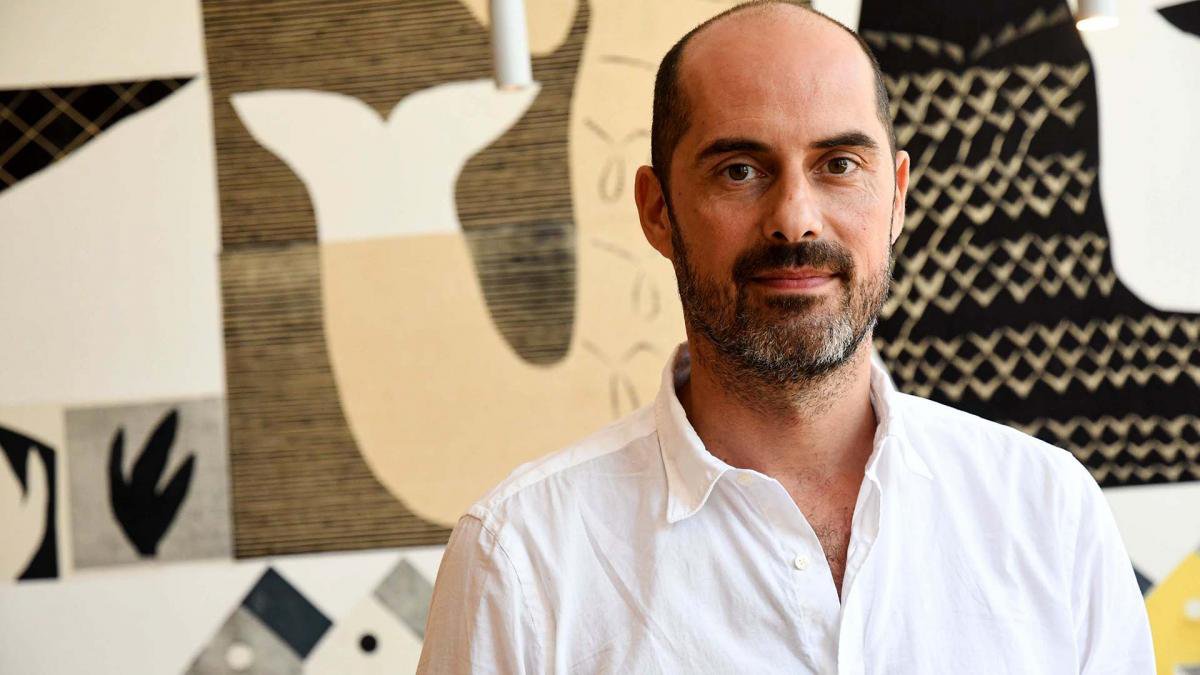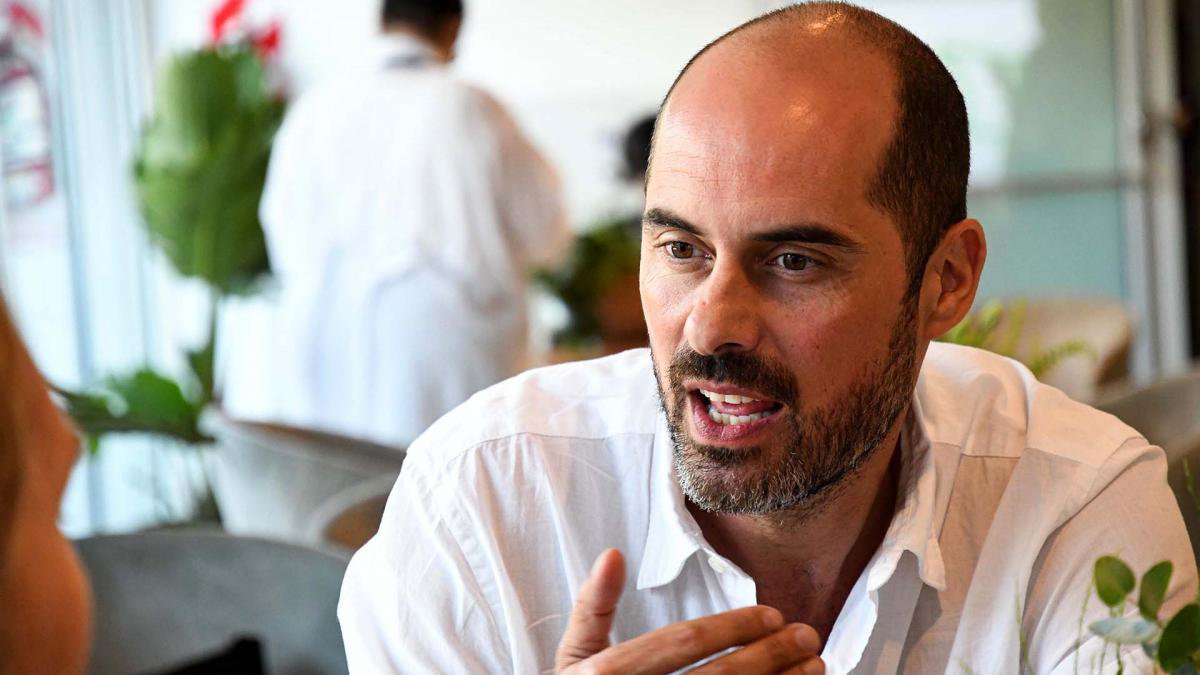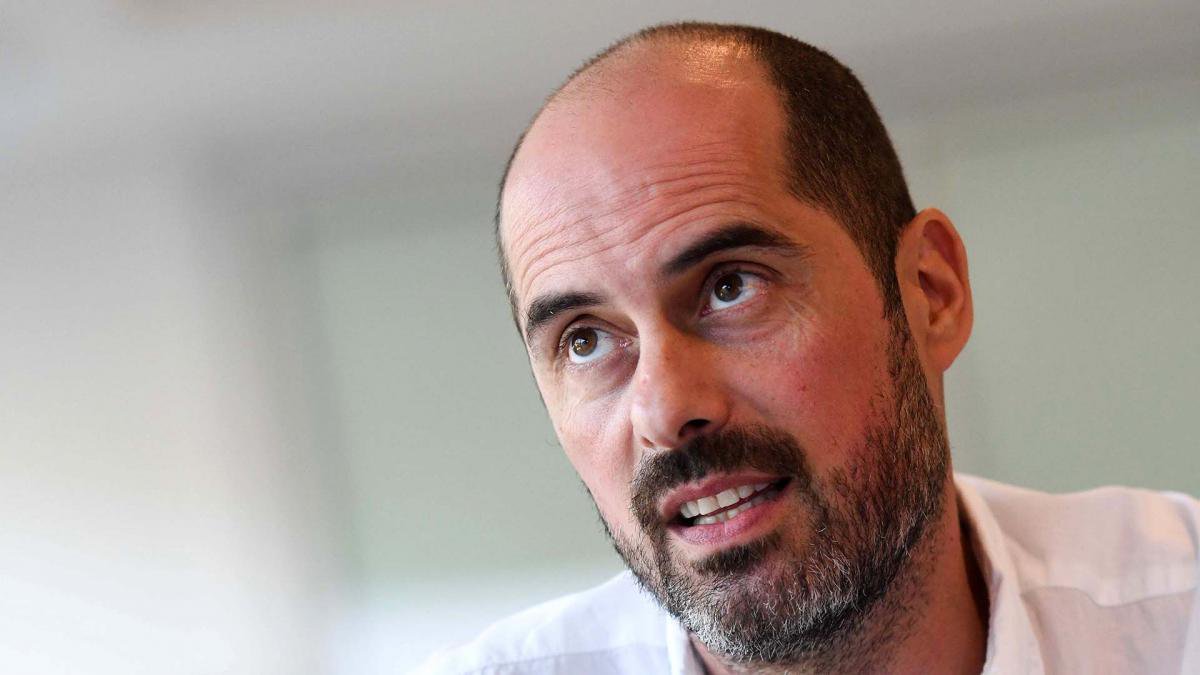"Directing a Museum is Like Tuning an Orchestra of Many Voices that Shape Art"

Interview with Pablo Lafuente By Ana Clara Pérez Cotten, Originally published in Telam on November 10-11, 2023
Spanish curator Pablo Lafuente, Artistic Director of the Museum of Modern Art (MAM) in Rio de Janeiro since 2020, is in Buenos Aires to participate in the 55th Annual Conference of the International Committee for Museums of Modern Art (Cimam), taking place until Saturday at Museuo de Arte Moderno de Buenos Aires. While discussing how institutions should be conceived, he defines himself as a "manager" despite his extensive academic career and advocates for a form of democratization of access to galleries that goes beyond mere free admission.
After training as a curator and teaching at universities in Oslo, London, Quito, and Mexico, Lafuente traveled to Brazil in 2013 to prepare for the São Paulo Biennial and decided to stay. He arrived at the imposing concrete structure of the Museum of Modern Art (MAM) in Rio de Janeiro in 2020, a key piece of the Carioca modernist narrative, and took on the role initially with Keyna Eleison, with whom he won a competition among hundreds of applicants, and later on his own.
Since then, he has been trying to stop the institution from reflecting only the white reality to assume a diversity of negotiated and constructed visions. "I like to say that I am a manager. Yes, it's a word that is not romantic. But that's what I am on a day-to-day basis, and daily obligations hardly leave room for valuable questions. Why am I doing what I'm doing?" he asked in front of the CIMAM congress auditorium during his presentation.
In the last 70 years, MAM has welcomed avant-garde and experimentation in the arts, cinema, and culture, boasting around 15,000 works and one of Brazil's most prominent film collections, preserving a significant amount of modern and contemporary art from Latin America.
However, MAM's history is also marked by destruction; a fire in July 1978 devastated a large part of its collection, including iconic works by Dalí, Picasso, Miró, Klee, Magritte, Portinari, and Brazilian artists.
The collection was gradually rebuilt thanks to private donations but always with a white and Eurocentric perspective. Lafuente's project advocates diversity, yes, but also a more open dialogue so that art is not just a way to "whitewash" the guilt of so many years of concealment. Since then, Lafuente has been committed to opening up programming and audiences.

You are an academic and curator, but since taking the lead at the Museum of Modern Art in Rio de Janeiro, you have emphasized the manager role. Why?
Well, being a manager indeed lacks the artistic or romantic aura, but coordinating a team and allowing that team to work and progress is very complex and stimulating, even if it lacks glamour. You have to be on the ground, understand what is happening, and give space to others to do their work. Directing a museum is like tuning an orchestra of many voices contributing to art.
You've been in Brazil for a decade. How did you come to understand the country, its art, and the logic of the museum?
These processes unfold and have little to do with one's expectations. I came to Brazil to be part of the curatorial team in São Paulo in 2013, took a leave from my position as a professor at Saint Martins in London, and stayed. I began to relate to and understand Brazil better: Brazil is enormous, with different contexts and many gaps.
What was the basis for the "decolonization" process that your management proposed?
"Decolonization"... Well, the words become a bit empty with their use. I think in the process of updating museums, there is often much trust in the "heroism" or protagonism of the director or chief curator, which is questionable. Museum management is hierarchical, but it's a conversation among many people: we must create museums that understand and nourish the idea of teamwork. Decolonization should not only be in the content but also in working methodologies. How do relationships with people inside and outside the museum happen? It is crucial that the processes are not extractive because it is widespread for institutions that talk about decolonization not to account for their internal procedures.

What are the most common ones?
I prefer not to talk about specific institutions or cases. But for example, if you want to show indigenous art, you should also ask how your connection is with that reality. How do we commit permanently? Or, if you want to theme an exhibition on gender issues, perhaps you should look at the place given to women in the institution. It makes no sense to address issues only to thematize; if we do not embrace them as part of our reality, it is artificial.
Destruction is very present in the history of the museum you lead. How did you turn that into a future projection that does not leave the institution in what you have called "romanticism of destruction"?
The museum did not want to talk about the fire for many years. There was trauma and shame. During that fire, 80 exhibited works by Torres García were burned, and for many years, no one lent works to Brazil. In response to that denial, the issue is not to celebrate destruction, but to think about how to create processes that prevent it and allow the institution to continue. A museum has to imagine itself and think about who would defend it if it were in danger of extinction Who would we charm so that they would be charmed by us?
In Brazil, the average entry to a museum costs 40 reais. What democratization policies can help stem the decline in visits?
During the pandemic, we implemented a policy of voluntary admission to our museum. Those who could afford it paid 90, while those who couldn't paid nothing. However, we believe this approach alone is not enough. We need to encourage art consumption as a habit among the middle class to strengthen it. It has become natural for people to watch Netflix or popular movies, but we need to make visiting museums just as common. Museums should adapt to the current era of cultural consumption without losing our identity. We must also play a role in building relationships with different communities, such as artists, researchers, indigenous communities, and our neighbors. Our responsibilities go beyond just formal interactions, and we need to actively listen to our visitors to build deep and meaningful relationships.